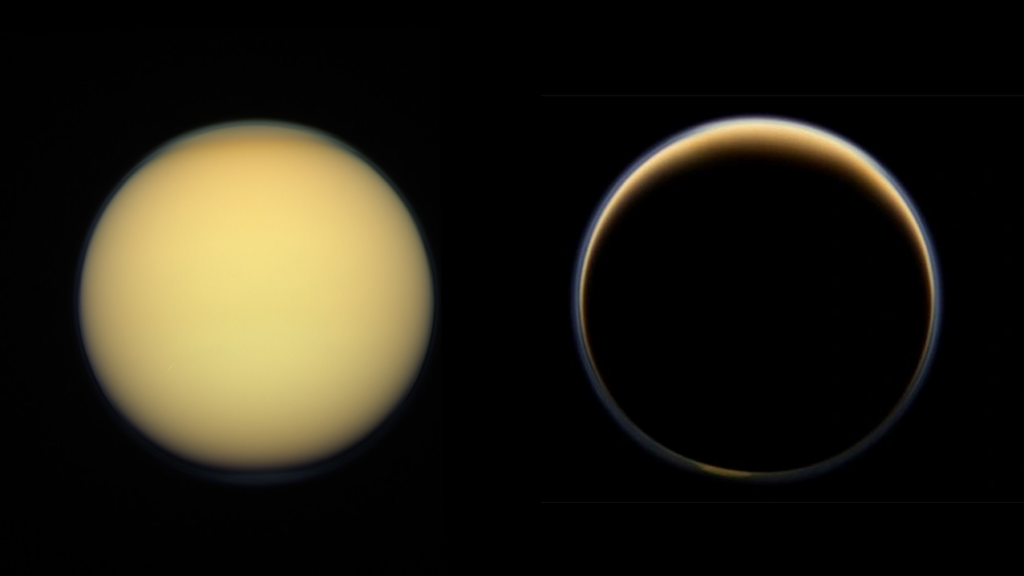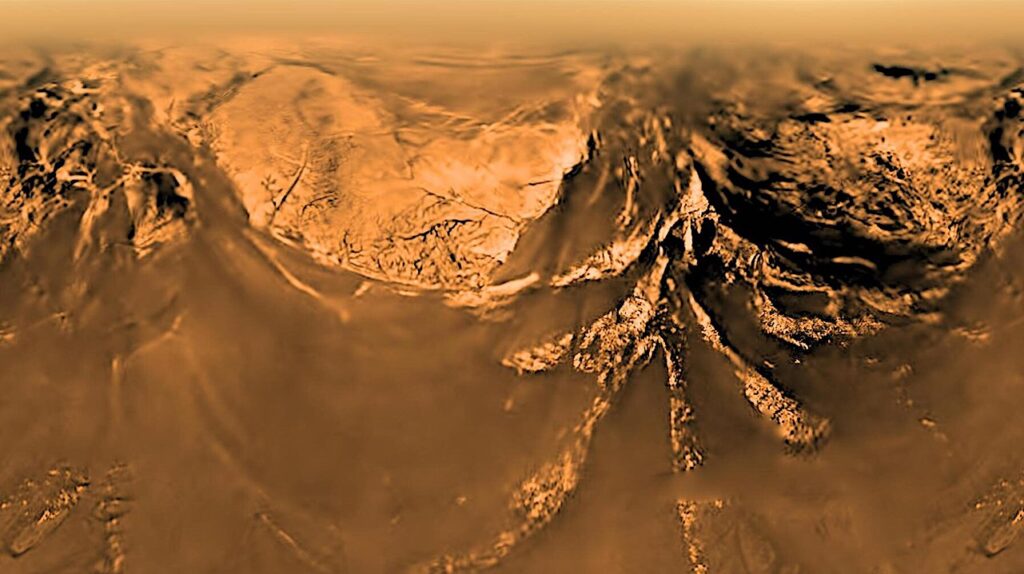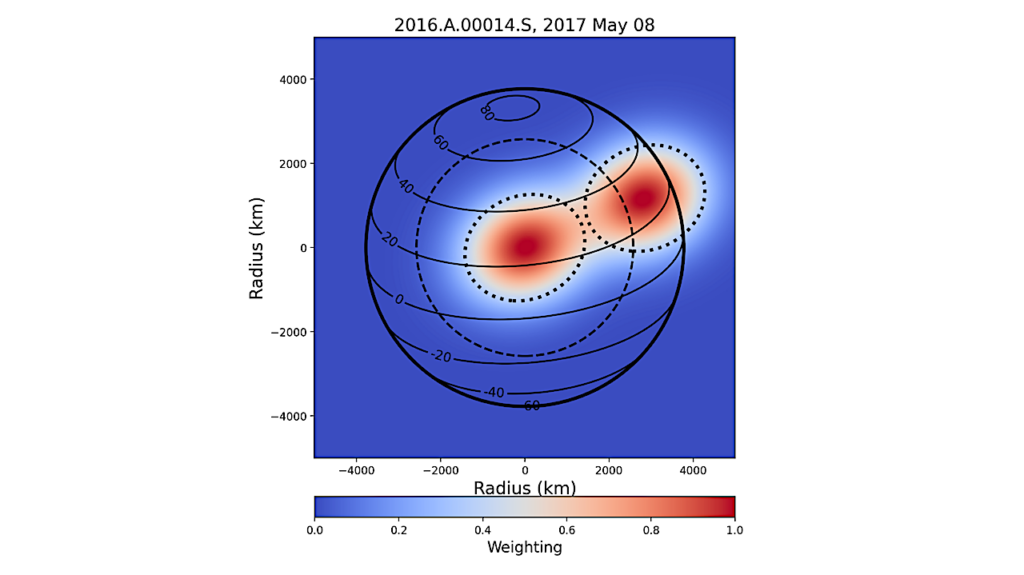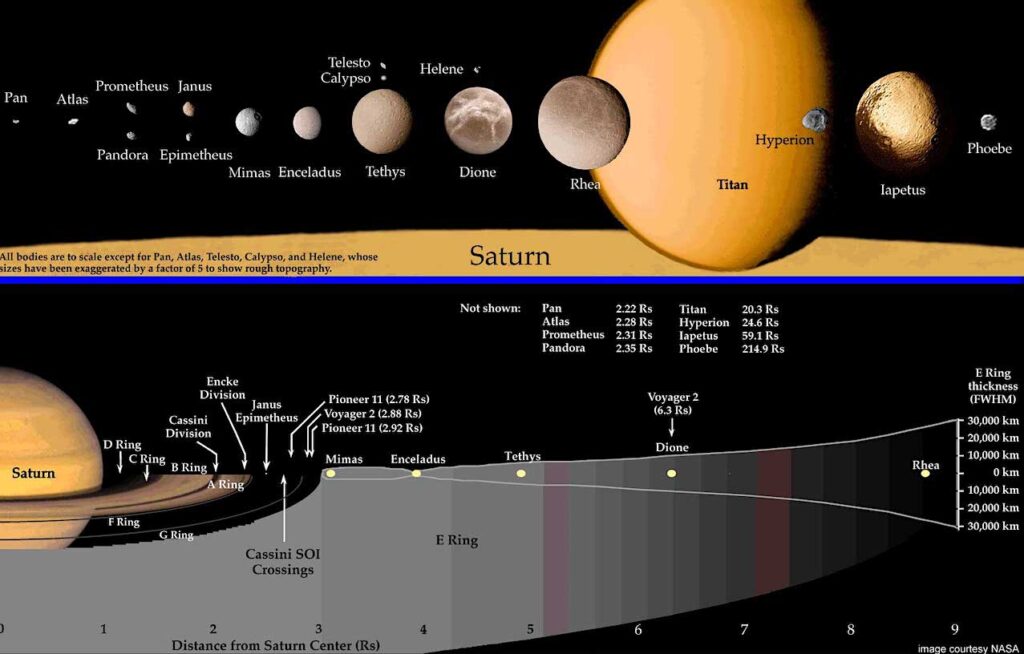Titan: Earth-like On The Outside, Ocean World On The Inside

Thanks to the Cassini-Huygens mission, Titan, the pale orange dot of Pioneer and Voyager encounters has been revealed to be a dynamic, hydrologically-shaped, organic-rich ocean world offering unparalleled opportunities to explore prebiotic chemistry.
And while Cassini-Huygens revolutionized our understanding of each of the three layers of Titan–the atmosphere, the surface, and the interior–we are only beginning to hypothesize how these realms interact. In this paper, we summarize the current state of Titan knowledge and discuss how future exploration of Titan would address some of the next decade’s most compelling planetary science questions. We also demonstrate why exploring Titan, both with and beyond the Dragonfly New Frontiers mission, is a necessary and complementary component of an Ocean Worlds Program that seeks to understand whether habitable environments exist elsewhere in our solar system.
Shannon M. MacKenzie, Samuel P.D. Birch, Sarah Horst, Christophe Sotin, Erika Barth, Juan M. Lora, Melissa G. Trainer, Paul Corlies, Michael J. Malaska, Ella Sciamma-O’Brien, Alexander E. Thelen, Elizabeth P. Turtle, Jani Radebaugh, Jennifer Hanley, Anezina Solomonidou, Claire Newman, Leonardo Regoli, Sebastien Rodriguez, Benoit Seignovert, Alexander G. Hayes, Baptiste Journaux, Jordan Steckloff, Delphine Nna-Mvondo, Thomas Cornet, Maureen Palmer, Rosaly M.C. Lopes, Sandrine Vinatier, Ralph Lorenz, Conor Nixon, Ellen Czaplinski, Jason W. Barnes, Ed Sittler, Andrew Coates
Comments: Submitted to the PSJ Focus Issue on Ocean World Exploration
Subjects: Earth and Planetary Astrophysics (astro-ph.EP); Atmospheric and Oceanic Physics (physics.ao-ph)
Cite as: arXiv:2102.08472 [astro-ph.EP] (or arXiv:2102.08472v1 [astro-ph.EP] for this version)
Submission history
From: Shannon MacKenzie
[v1] Tue, 16 Feb 2021 22:24:18 UTC (13,091 KB)
https://arxiv.org/abs/2102.08472
Astrobiology








